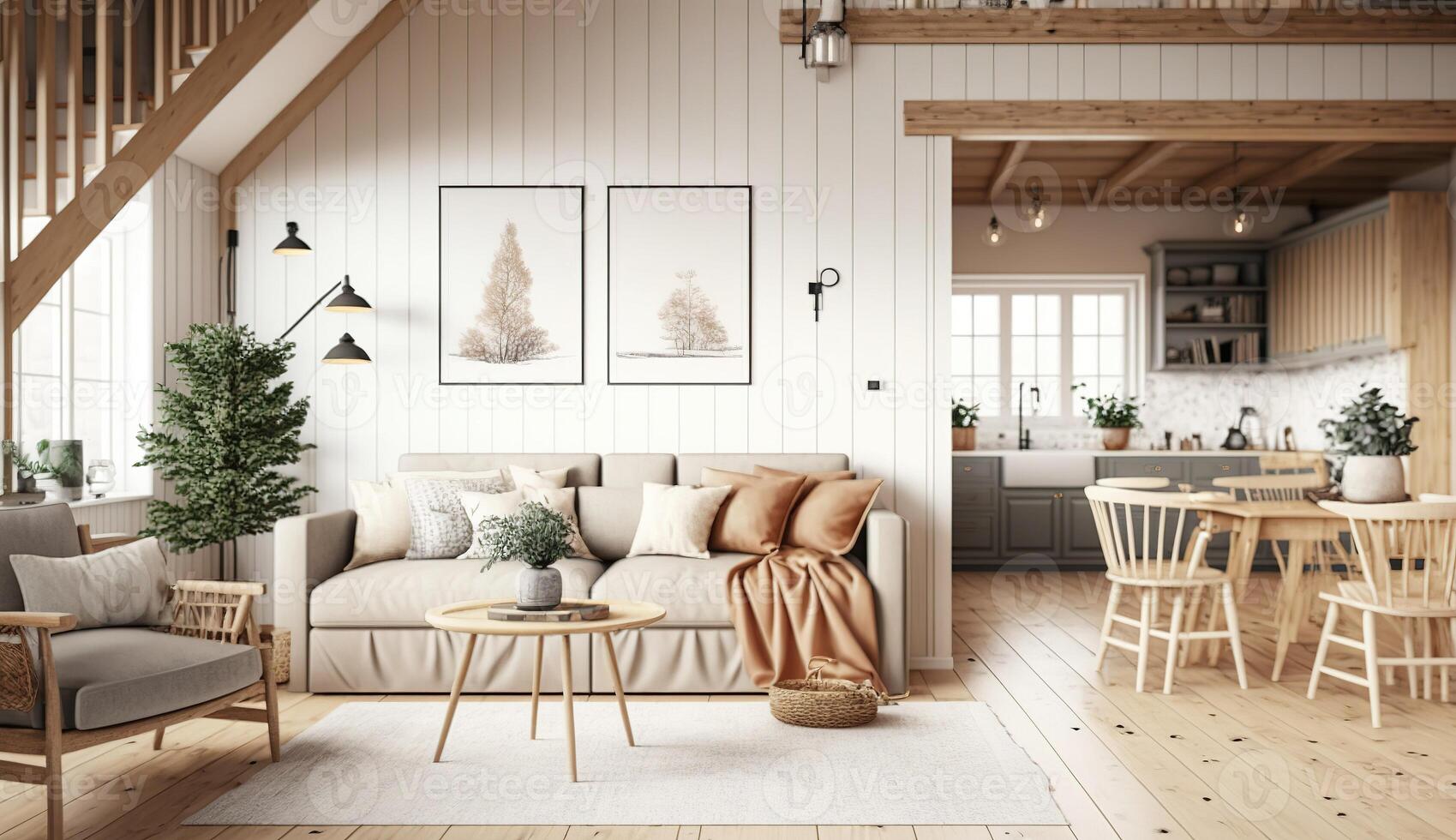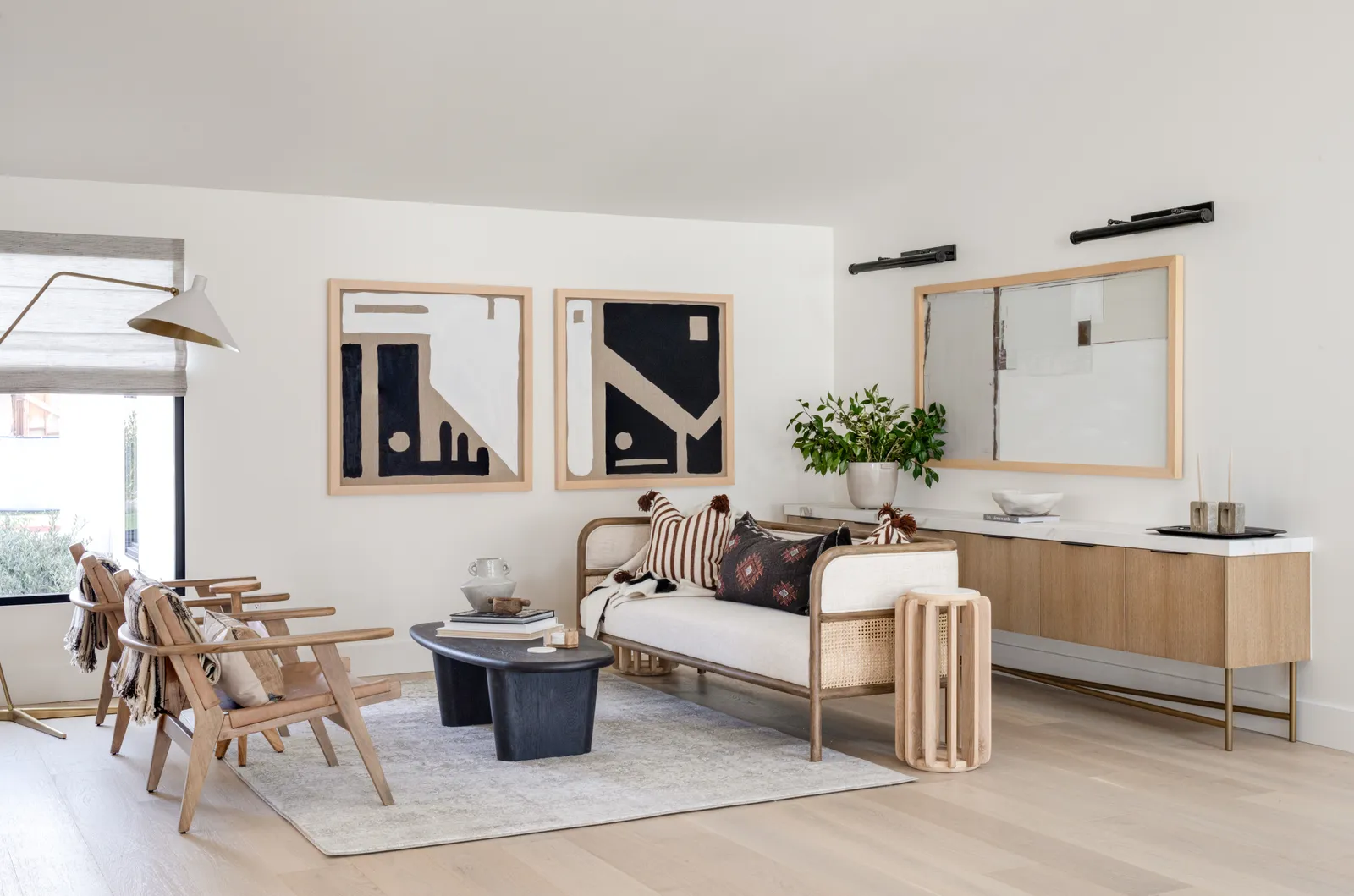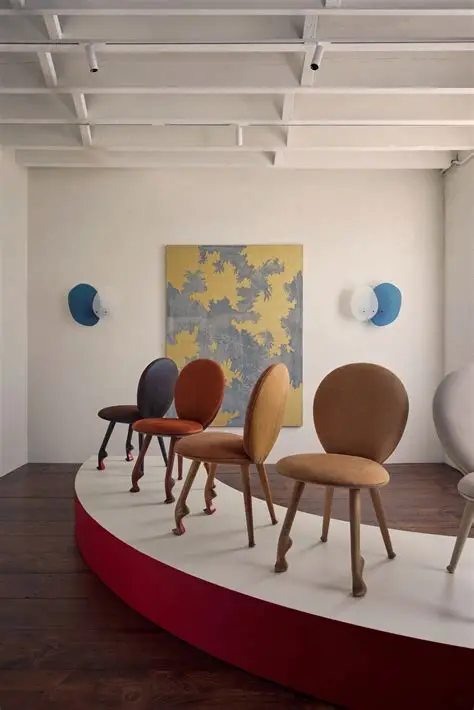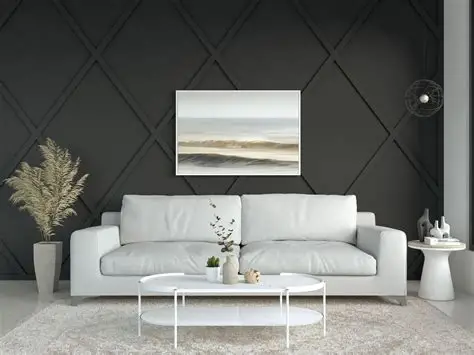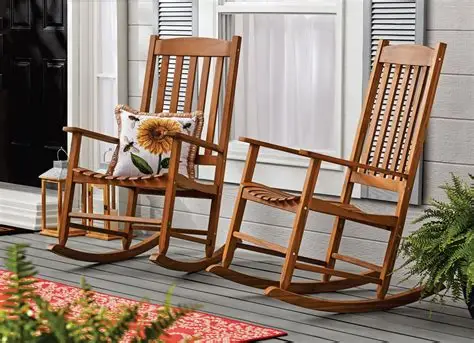Scandinavian Interior Design Inspiration for a Cozy Home
Scandinavian interior design has captured the imagination of homeowners around the world especially those looking to create a space that is both functional and inviting. Drawing on the ethos of simplicity, natural materials, light, and comfort, the Scandinavian style helps to cultivate a sense of calm and warmth that many modern homes lack. In this article we’ll explore what defines this design philosophy, the benefits of bringing it into your home, and five real world furniture pieces that align beautifully with this aesthetic. We’ll also go over how to choose and purchase the right pieces, and address some frequently asked questions.
Defining Scandinavian Interior Design
Scandinavian interior design refers to a style rooted in the Nordic countries Denmark, Sweden, Norway, Finland where design emphasizes clean lines, functionality, light spaces, and a strong connection to nature. According to one guide, the style uses classic pieces like wishbone chairs and simple teak furniture, and also incorporates hand-crafted items and textiles that reflect folk elements. Key hallmarks include:
-
A light, bright palette: white or off-white walls to bounce natural light around.
-
Natural wood tones, soft textiles, and minimal ornamentation.
-
A functional mindset: every piece of furniture serves a purpose; clutter is avoided.
-
A sense of comfort and warmth (often referred to by the Danish concept “hygge”) created via materials, lighting and texture.
By embodying these principles, Scandinavian design creates a space that feels cosy yet modern, relaxed yet intentional.
Why Scandinavian Interior Design Creates a Cozy Home
Bringing Scandinavian design into your home isn’t just about aesthetics; it has real benefits for how you live.
First, it fosters a calmer environment. In busy modern lives, a space with clean lines, neutral colours and natural materials helps reduce visual noise making it easier to relax. The simplicity invites you to breathe and refocus.
Second, it emphasises connection to nature: wood, stone, plants, natural light. In this way, the home becomes a retreat from the externally chaotic world something very much in line with Nordic design ethos. The guide from AND Academy notes how warm woods such as oak and ash are used to soften modern lines and bring a welcoming feel.
Third, the functional nature of the style helps with everyday living: furniture is designed with real purpose, materials are durable, surfaces are uncluttered. This means less stress, more usability, and a space that adapts to life rather than overwhelms it.
In sum, Scandinavian interior design is cosy in the truest sense it’s comfortable, timeless, intentional.
Furniture Pieces that Bring the Style to Life
Below are five high-quality piece examples that embody the Scandinavian ethos. Each one can anchor an interior scheme and bring that sense of simplicity comfort into your home.
Carl Hansen & Søn CH24 Wishbone Chair
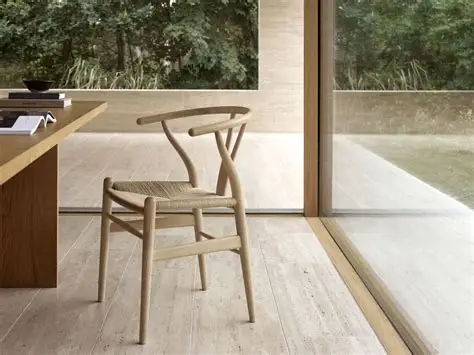
The Wishbone Chair, produced by Carl Hansen & Søn, is itself an icon of Danish design. Its Y back, bent-wood frame and woven seat capture craftsmanship, minimalism and natural materials the essence of Scandinavian style.
Detail & Features: Crafted in solid wood (often oak or beech) with a hand-woven paper cord seat. The sculptural Y-shaped back is both functional (offers support) and aesthetic (visual lightness).
Benefits: Its open back keeps the visual line light, which suits small or airy spaces. The materials (wood paper cord) provide natural texture, warmth and durability.
Use-Case / Problems Solved: If you are furnishing a dining area in a smaller home or a multipurpose space, choosing a chair like this means you get elegance without bulk. It solves the problem of heavy, ornate chairs that dominate the room.
Why People Need It: It brings the Scandinavian aesthetic into a key space (e.g., dining or work area), anchoring the theme of simplicity and natural material.
Muuto Fiber Armchair
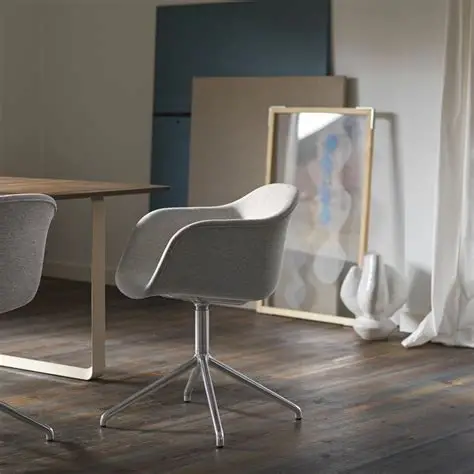
This armchair by Muuto takes Scandinavian design into a modern era mixing soft curves, muted tones and sustainable materials.
Detail & Features: The Fiber armchair often combines plastic composite material (with wood fibres) for the shell, complemented by wooden legs and subtle upholstery options.
Benefits: The blend of materials showcases innovation wood fibre composite is eco friendly and gives a soft matte finish. The form is comfortable yet minimalist, so it can sit in a living room or reading nook without overwhelming.
Use-Case / Problems Solved: For someone with limited space but wanting a stylish lounge chair, this piece offers comfort, aesthetic and compact footprint. It solves overcrowded seating or mismatched chairs spoiling the scheme.
Why People Need It: It helps solidify a Scandinavian living-room look, acting as a statement piece that still harmonises with neutral palettes and natural materials.
Artek Stool 60
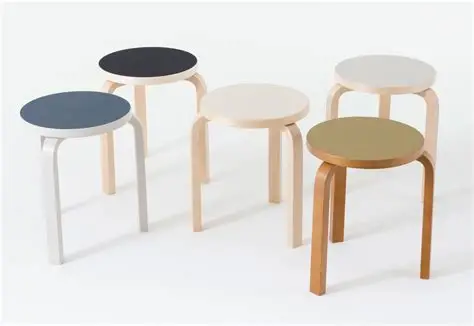
Alvar Aalto Stool
The Artek Stool 60 is a minimalist, multifunctional piece reflecting the Scandinavian credo of combining function and form.
Detail & Features: Designed by Alvar Aalto (a Finnish designer), its three legged birch plywood construction features a simple round seat and the iconic A-leg shape.
Benefits: Lightweight yet stable. Versatile as extra seating, side table or step stool. The birch material introduces pale wood warmth and organic texture.
Use-Case / Problems Solved: If you have a small space and need flexible furniture something that can serve as seating when needed, but disappear easily otherwise the stool solves that. It reduces the need for multiple bulky chairs or side tables.
Why People Need It: It embodies minimalism in a very practical piece great for compact homes seeking Scandinavian style without over-furnishing.
Normann Copenhagen Herit Armchair
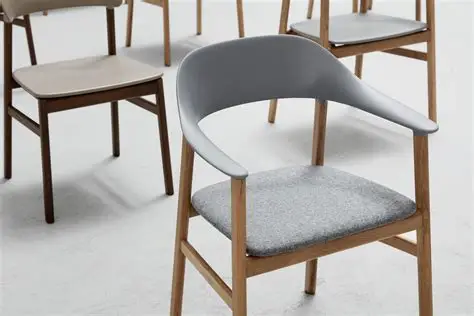
The Herit armchair by Normann Copenhagen brings a slightly richer aesthetic while maintaining Scandinavian principles of clarity and material honesty.
Detail & Features: Often upholstered in high-quality fabric, with a solid wood frame (ash/oak) and simple form. The lines are soft and inviting, creating a comfortable lounge chair that still looks crisp.
Benefits: Higher comfort level (deep seat, plush materials) combined with design restraint. It demonstrates that Scandinavian design can be cosy (not cold).
Use-Case / Problems Solved: If you want to create a dedicated reading or relaxing corner in your home, this chair works beautifully. It solves the issue of low-quality “accent chairs” that look decorative but feel uncomfortable.
Why People Need It: For a home that seeks both style and comfort, this piece merges the two. It reinforces the Scandinavian décor scheme while providing actual usability.
Fritz Hansen Dot Stool
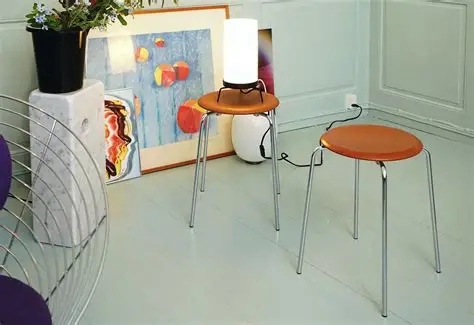
Fritz Hansen Dot Stool
The Dot stool from Fritz Hansen is another excellent example of Scandinavian design: minimal, functional and elegant.
Detail & Features: With a round seat, splayed wooden legs, and varied upholstery or finishes, the Dot stool fits many roles: as foot‐stool, side table, auxiliary seating.
Benefits: Its versatility is key for compact homes: one piece that shifts function. The choice of upholstery allows you to tie it into your colour palette while the wood base keeps the natural material continuity.
Use-Case / Problems Solved: If you live in a small apartment and need furniture that can adapt (e.g., for guests, for lounging, for work), this stool addresses the need without dominating the room. It can slide under a chair, occupy a corner, or act as display.
Why People Need It: It reinforces the Scandinavian design values of flexibility, material honesty, and simplicity perfect for modern living.
How to Shop for Scandinavian Style Furniture
When shopping for furniture that embodies Scandinavian interior design, keep these guidelines in mind:
-
Material quality matters. Look for real wood (oak, ash, birch) rather than cheap veneers. Natural textiles (wool, linen) add warmth.
-
Form follows function. The piece should do its job elegantly no excessive ornamentation, no wasted space.
-
Light and colour. Scandinavian homes often rely on a bright base (white or light wall colour) with wood accents and subtle colour touches. This affects how furniture will look in your space.
-
Scale and proportion. Compact homes need furniture scaled appropriately low profiles, slender legs, open frames.
-
Versatility. A piece that can serve multiple purposes (seating storage, side table stool) is ideal.
-
Where to buy: Online design retailers or official brand stores (as per links above) are good. Check shipping, assembly, return policy (especially for big or heavy furniture).
-
How to buy: Measure your space carefully consider clearance around the furniture, ensure it fits doorways and lifts. Check finish in real life if possible (wood tone, upholstery feel). Read reviews.
By following these steps you stand a much better chance of getting furniture that not only fits your décor but also stands the test of time.
Bringing Scandinavian Interior Design into Your Home
Here’s how you can apply what we’ve discussed to transform your home:
-
Start with the palette. Use a base of light walls (white or off white), add natural wood elements and introduce texture via textiles (throws, pillows, rugs).
-
Add key furniture pieces. Use one of the five items above (or similar) as an anchor and build around it. Let that piece set the tone for material and finish.
-
Focus on lighting and accessories. Scandinavian homes value natural light; use floor lamps, pendant lights with warm tones, and keep accessories minimal but meaningful.
-
Layer texture. Even in a minimalist space you need warmth: woven baskets, wool throws, cotton or linen cushions. These provide tactile contrast to clean lines.
-
Keep clutter down. Functionality and simplicity mean that everyday items should have a place. Hidden storage or multi-purpose pieces help.
-
Introduce nature. A few plants, wood accents, natural stone or ceramics. These bring life and organic appeal to the space.
-
Adapt for small spaces. In compact homes, keep furniture low and open-legged where possible, allow breathing space around items, avoid heavy, bulky pieces.
By following these steps you’ll gradually create a space that feels both calm and inviting—the hallmark of a cozy Scandinavian home.
Frequently Asked Questions
Q1: Is Scandinavian interior design only for large, bright spaces?
A1: Not at all. While the style thrives with natural light, many of its principles (minimalism, natural materials, light wood, functional furniture) are actually ideal for smaller or darker spaces. By using light colours, slim furniture and smart lighting, you can bring Scandinavian charm even to compact homes.
Q2: Can I combine Scandinavian style with other interior styles (e.g., boho, industrial)?
A2: Yes mixing is common and can be very successful. For example, minimalist Scandi-boho blends the clean furniture lines of Scandinavian design with the warmth and texture of boho accessories. With caution: maintain the core values (natural materials, light wood, functional form) so the blend doesn’t feel chaotic.
Q3: Are Scandinavian design furniture pieces expensive or inaccessible?
A3: While some iconic pieces (brands like those above) can be premium-priced, there are many more affordable options and pieces inspired by Nordic design. What matters most is the material, finish and suitability for your space. You don’t have to buy the highest priced-brand item to get the look and feel of Scandinavian design; you can focus on simpler pieces with the right aesthetic and build from there.

